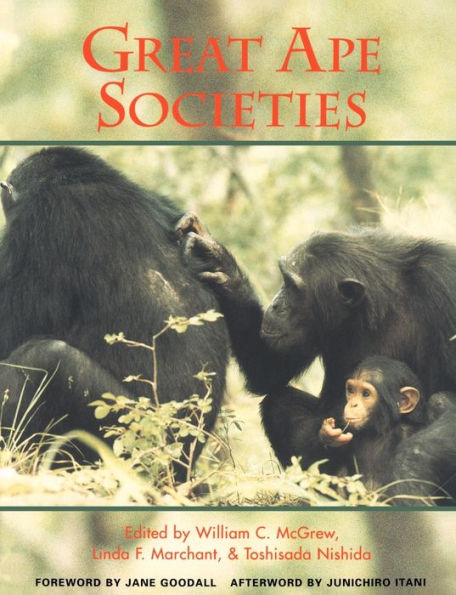5
1
9780521555364


Great Ape Societies / Edition 1 available in Paperback

Great Ape Societies / Edition 1
- ISBN-10:
- 0521555361
- ISBN-13:
- 9780521555364
- Pub. Date:
- 07/28/1996
- Publisher:
- Cambridge University Press
- ISBN-10:
- 0521555361
- ISBN-13:
- 9780521555364
- Pub. Date:
- 07/28/1996
- Publisher:
- Cambridge University Press
65.99
In Stock

Product Details
| ISBN-13: | 9780521555364 |
|---|---|
| Publisher: | Cambridge University Press |
| Publication date: | 07/28/1996 |
| Edition description: | New Edition |
| Pages: | 352 |
| Product dimensions: | 7.40(w) x 9.80(h) x 0.75(d) |
From the B&N Reads Blog
